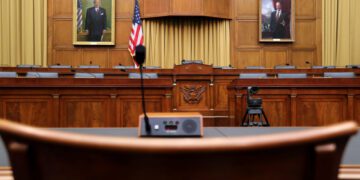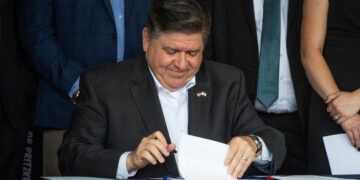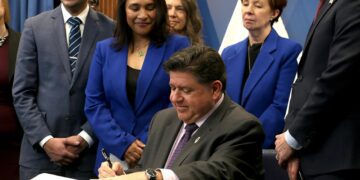On March 4, 2021, Sen. Ron Johnson (R-Wis.) forced the Senate floor staff to read the entire Democratic coronavirus relief bill — “American Rescue Plan Act of 2021” bill — before the vote took place in the Senate, arguing it would give senators time to craft amendments and for Americans to learn the details of the legislation. As Johnson stated in his appearance on News Max's Greg Kelly show on March 9, 2021, the bill took 10 hours and 44 minutes to read.
Following the reading, the Senate, where Democrats have effective control, passed its version of the bill after a marathon Saturday overnight session. It eliminated or pared back some provisions in an original House bill, including an increase in the federal minimum wage to $15 an hour.
The House of Representatives is planning to take up the Biden administration’s $1.9 trillion COVID-19 relief bill on Wednesday, March 10, 2021. The chamber's expected approval will enable Joe Biden's signing of the legislation into law later this week.
- New Federal Worker Perk: Paid to stay home — if their child's school doesn't offer full-time classroom instruction, federal employees get up to $21,000 ($1,400 per week for 15 weeks) in paid time off.
- $350 Billion State & Local Bailout: The 50 richest places would receive $100 million in COVID-19 bailout funds. This includes the $1.5 million "bailout" for Atherton, CA, the wealthiest city in America with an average household income of $525,000.
- $230 Billion In Unemployment Benefits: con artists, fraudsters, and crime syndicates stole up to $100 billion in unemployment benefits from the already allocated $630 billion!
- $128 Billion In K-12 School Funding: 95-percent of the money will be spent between 2022-2028 — when the pandemic is over.
- $1.5 million earmarked for the Seaway International Bridge, which connects New York to Canada. Senate Leader Chuck Schumer hails from New York.
- $50 million for “family planning” – going to non-profits, i.e. Planned Parenthood, or public entities, including for “services for adolescents[.]”
- $852 million for AmeriCorps, AmeriCorps Vista, and the National Senior Service Corps – the Corporation for National and Community Service – civic volunteer agencies. This includes $9 million for the AmeriCorp inspector general to conduct oversight and audits of the largess. AmeriCorps received a $1.1 billion FY2020 appropriation.
- $270 million funds the National Endowment of the Arts and the Humanities (FY2019 budget: $253 million) – In 2017, our study showed eighty-percent of all non-profit grant making flowed to well-heeled organizations with over $1 million in assets
- $350 billion to bailout the 50 States and the District of Columbia. The allocation formula uses the unemployment rate in the fourth quarter of 2020. Therefore, states like New York and California –who had strict economic lockdown policies and high unemployment – will get bailout money. States like Florida and South Dakota – who were open for business – will get less.
- $200 million in the bill to The Institute of Museum and Library Services (FY2019 budget: $230 million). This agency is so small that it doesn’t even employ an inspector general.
- $86 billion to save nearly 200 pension plans insured by the Pension Benefit Guaranty Corp. There are no reforms mandated while these badly managed pensions are bailed-out. Many of these pension plans are co-managed by unions.
- $50 billion goes to the Federal Emergency Management Agency (FEMA). A portion of these funds is earmarked to reimburse up to $7,000 for funeral and burial costs related to Covid-19 deaths.
- $39.6 billion to higher education. This amount is three times the money – $12.5 billion – that higher ed received with the massive CARES Act funding from last March.
- $1.5 billion for Amtrak – the National Railroad Passenger Corporation. In FY2020, Congress appropriated$3 billion for Amtrak ($2 billion in annual appropriations, plus an additional $1 billion in the CARES Act COVID relief bill). In the three years before the pandemic, AMTRAK lost $392 million – even after a $5 billion taxpayer subsidy (FY2017-FY2019)







